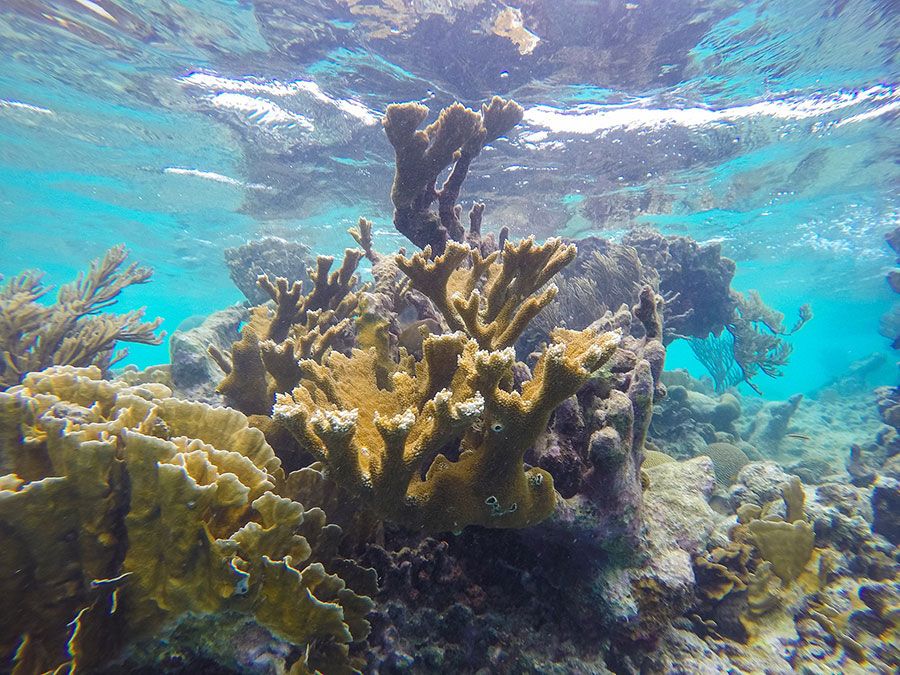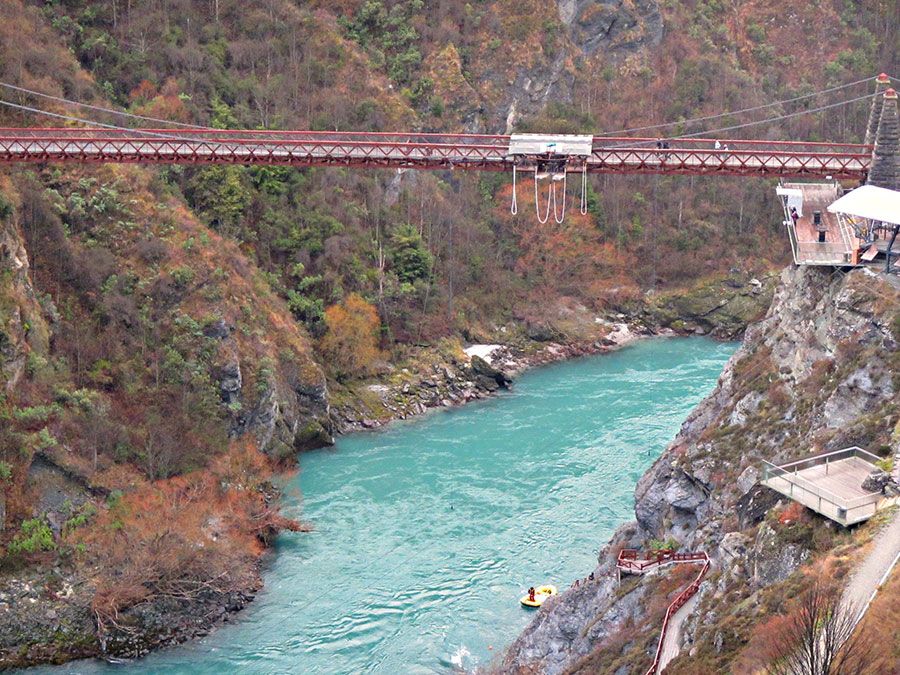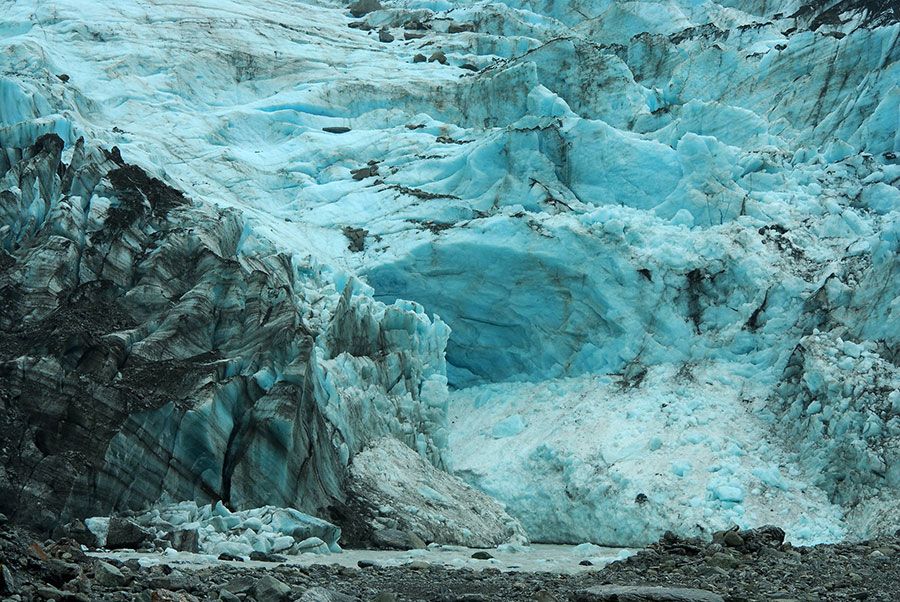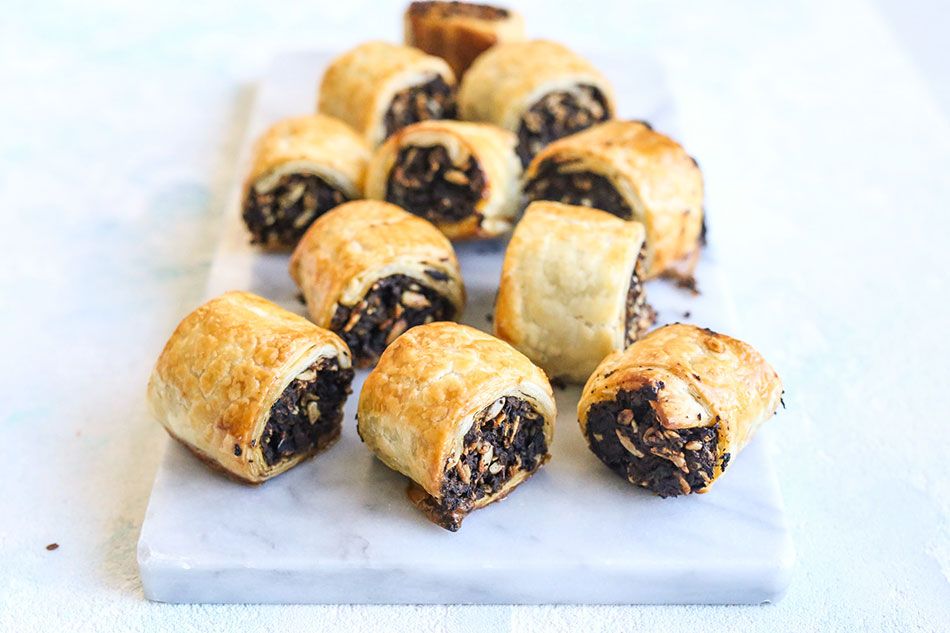Bonaire is an island in the Leeward Antilles in the Caribbean Sea. This island is a municipality of the Netherlands, lies off Venezuela’s coast in the southern Caribbean.
Bonaire has a long history of nature preservation, and always seeks to find the delicate balance between environmental protection and growth while maintaining nature and culture. Bonaire was one of the first Caribbean islands to collaborate with the Coral Restoration Foundation (CRF) to conserve its reefs. Before that imply the turtle protection, the prohibition of spearfishing.
Dutch Caribbean are six island paradise divided into two geographic groups. Aruba, Bonaire and Curacao lie near the Venezuelan coast and known as the “Leeward” islands. The SSS islands are located in the Atlantic and known as the “Windward” islands.
Each of the six islands promises you a unique and wonderful vacation, whether you like diving, surfing, sailing, hiking or simply soaking up the sun on endless snow-white beaches.

Photo credit: Michal Strzelecki, Wojtek Strzelecki and Jerzy Strzelecki / wikipedia
Bonaire National Marine Park
The Marine Park includes all the waters surrounding Bonaire and Klein Bonaire and it is a model of its kind in the Caribbean, protecting and caring for the marine environment. The Marine Park maintains monitoring of the human and natural impact and enforces the parks’ laws and regulations.
The park was established in 1979 and covers 2600 hectares coral reef, seagrass – and mangrove vegetation and is the oldest marine reserve in the world. In 1999 the underwater park received the status of national park from the Netherlands Antilles. The dive sites around Klein Bonaire are accessible by boat for divers with a total of 86 public dive sites.

Photo credit: Paul Asman and Jill Lenoble / wikipedia
Washington-Slagbaai National Park
Washington Slagbaai National Park is a national park and ecological reserve on the northwestern part of the island. The 5,643 hectares (21.79 sq mi) park covering approximately a fifth of the island of Bonaire is managed by STINAPA Bonaire, a non-profit foundation.
The flora includes about 340 species. Many of the plant families (about 40%) are represented by only one species. The park is also an Important Bird Area (IBA) since it serves as nesting, roosting, and foraging area for endangered or restricted-range bird species. It is home to the terrestrial endemic and endangered species of Bonaire. Parrots, flamingos, parakeets, iguanas and many other species of birds and reptiles can be found in this protected area. The beaches inside the park are an important nesting ground for all four species of sea turtles found in the Caribbean.

Photo credit: dronepicr – Elch Korallen / wikipedia
Klein Bonaire
This is a small uninhabited islet off the west coast of the Caribbean island of Bonaire. It is home to green (Chelonia mydas) and hawksbill sea turtles. Klein Bonaire offers a long beach with crystal clear water.
Snorkeling Klein Bonaire is one of the highlights in Bonaire and the easiest spot to reach for snorkeling is No Name Beach. The visibility is variable in the shallows, depending on conditions.
The island is unique because only a few islands of this size are uninhabited in the Caribbean. The soil of Klein Bonaire is made up of calcium-like limestone, which also occurs in southern Bonaire and is over 100,000 years old.

Photo credit: Knight725 / Flickr
Lac Bay
Lac Bay is one of the top Bonaire snorkeling spots. It has large patches of live healthy Elkhorn Coral, Staghorn Coral, and tons of different fish, including Angelfish, Butterflyfish, Porcupinefish, Snapper, Squirrelfish, Surgeonfish, Trunkfish, Puddingwife.
Lac Bay remains one of the world’s true destinations for pro windsurfers and windsurfing hotspot for anyone who loves that type.
The town of Kralendijk is 15 minutes away with its restaurants, bars, shops and supermarkets.
Bonaire Kayaking
The calm waters surrounding much of Bonaire makes kayaking a relaxing way to enjoy the beauty of the island. This is where you may see juvenile barracudas, parrotfish, tarpons and trunkfish
The mangroves are the nursery room for many of the fish normally seen on the reef. There are two eco-friendly options for visiting the mangroves, either by kayak or in solar-powered boats. A great way to explore it is by joining tour groups, whose guides help to ensure your safety and safeguard the bay.

Photo credit: Bgabel / wikipedia
Kralendijk
Kralendijk is the capital city and main port of the island of Bonaire. The main languages spoken in the town are Papiamentu, Dutch and English. From November till April there are cruise ships docking at the North or South Pier.

Photo credit: Kevin Adams / Flickr
Donkey Sanctuary
In 1993 Dutch Nationals, Marina Melis and her husband Ed Koopman, established a donkey sanctuary on Bonaire for sick, wounded and orphaned donkeys. Sick and wounded animals are nursed and, where necessary, a vet is called upon to give medical attention. Hundreds of donkeys were saved from the streets in miserable conditions and were given a safe life in the sanctuary.
Visitors and donkey fans are welcome at the sanctuary. Carrots are available in the gift shop to feed to the hundreds of hungry donkeys.
Terramar Museum
The Terramar Museum in Kralendijk is the first museum in the Caribbean Netherlands that tells the story of the Caribbean Netherlands. The building has recently been completely renovated and transformed into the new Terramar historical and archaeological museum. The museum also takes you back into 7000 years of Caribbean history.
The museum offers fixed exhibitions and temporary exhibitions. You will find artifacts relating to the European colonizers, 3D reconstructions, photographs and various drawings made from original descriptions.
Beaches
Bonaire has over 22 beaches with soft and blindingly white sand, while others are coarser and darker due to the high content of crushed shells and coral.
Don’t forget to take your plastics and trash back with you, and wearing eco-friendly sunscreen.
Featured image credit: dronepicr / Flickr
Want to learn more about other sustainable destination? Check out section sustainable travel destinations.


























